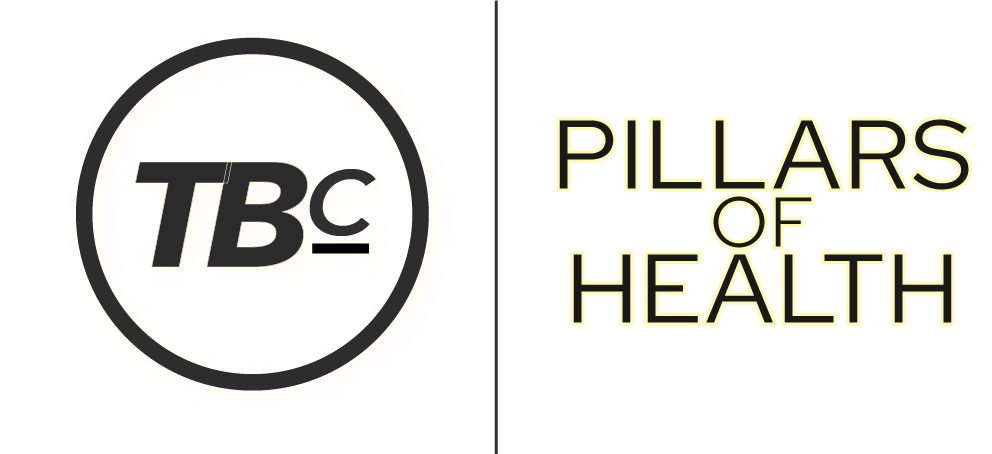An 11-question inventory for furthering relationships.
Category: Big Picture
Here’s what I’m currently doing to improve my health.
An introduction to environmental sensitivities.
Categories
The Double 90-10 Rule
The rule that flipped the script on my health progress.
Categories
Ideas for First Steps
Building a Foundation with Coaching Clients
Categories
The Body is Electric
Every now and then, a product comes along that offers a chance to shift how you feel — through your entire body.






